I left it few hours to get harden in order to be sure that the cast wouldn't break when I would try to cut it into desired shape. Meanwhile, I took the soft rubber cup which I used to make the plaster mixture, squized it to break the last hardened plaster left inside, so it would be easier for me to clean it afterwards and prepare it for any future mix. That's the reason this soft rubber cup were used for.
[center]
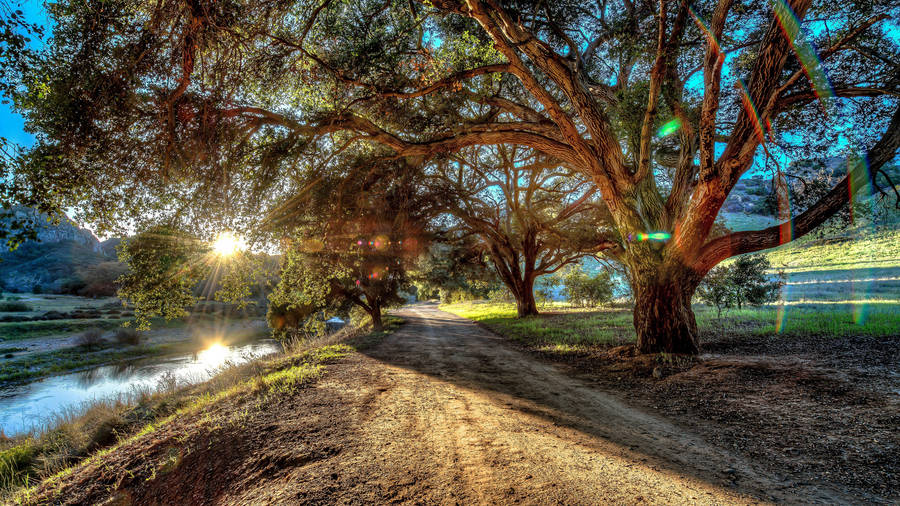
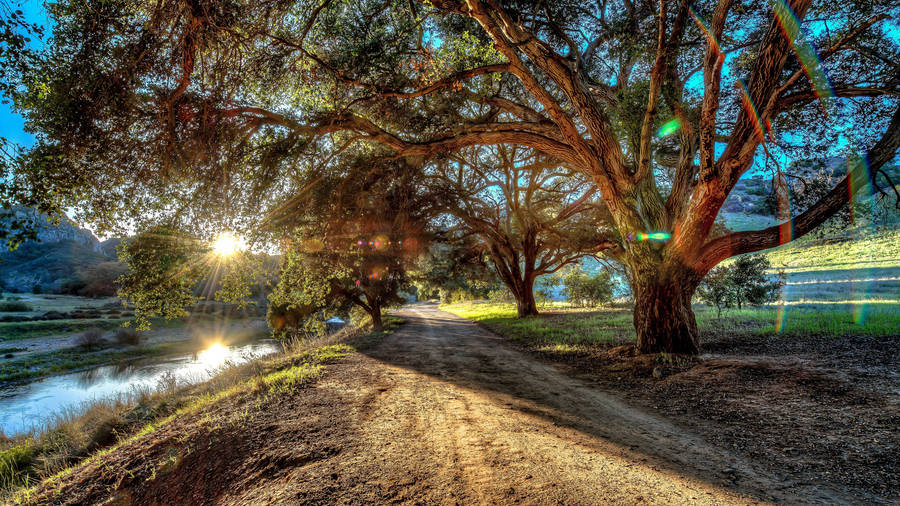
[/center]
As soon as the plaster cast got harden, cut into shape and the concrete plaques were lined with a scriber, I used my airbrush to paint it. After the polished wooden frame was covered with masking tape, three different acrylic paint layers were applied on the plaster surface. First, mat black colour covered the area and then a light grey applied with airbrush, spraying in almost zero degree angle, to let the darker areas between the concrete plaques remain naturally dark. The corner was paint with earth tones and as soon as the acrylic colours dried, I tried some drybrushing on selected spots using sand tones.
[center]



[/center]
As for he grass & plants, I used three different ways:
- From my local hobby shop, I got different colours of static grass, empty them into a plastic box and make a mixture.
[center]


[/center]
- Found into my garden perimeter, I collect few natural stuff, cut and placed into plastic box for such use.
[center]



[/center]
- From my local super market, I got a small wicker broom. If you look closely, you'll find some very interesting stuff for scale modeling use and dioramas building.
[center]



[/center]
Water based white glue for wood, which becomes transparent when it dries, is just the right for the job. So, I opened a 500 grams canister bought for 2€ only, pick a small quantity, add just few drops of water with a syringe into a small metal container to make the right mixture and finally I applied on the desired areas to be filled with grass & plants, using a wet brush. Because the mixture is enriched with water based glue, it is easy to correct possible mistakes.
[center]






[/center]
As soon as the result was OK, I sprayed over with Humbrol enamel mat coat, to seal the paint and grass, so far. I left it overnight and as soon as the enamel mat coat dried, I add very few light & dust effects with chalk dust. Feel free to check final pictures of the JT-9T autogyro placed on the display base.
[center]






[/center]
Thank you for following this thread and I hope you enjoyed reading this article.
Aceasta postare a fost editata de Nick_Karatzides: 10 July 2010 - 10:09 AM








 [/center]
[/center]









 [/center]
[/center]









 [/center]
[/center]










 [/center]
[/center]

 [/center]
[/center] [/center]
[/center]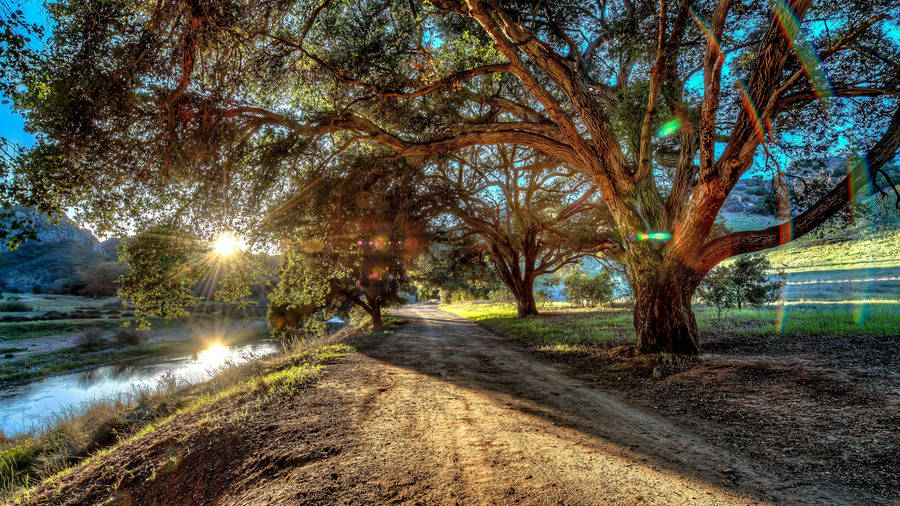 [/center]
[/center]

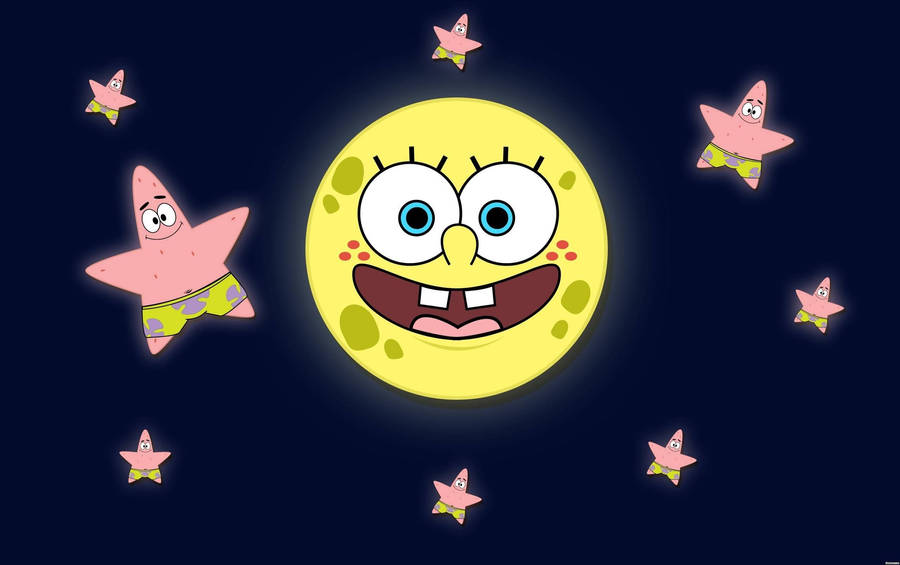 [/center]
[/center]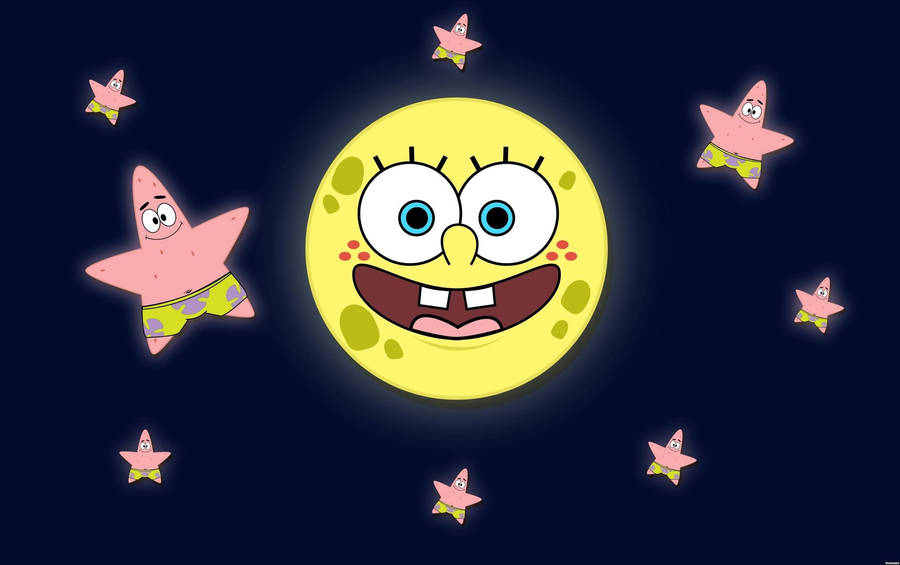 [center]
[center]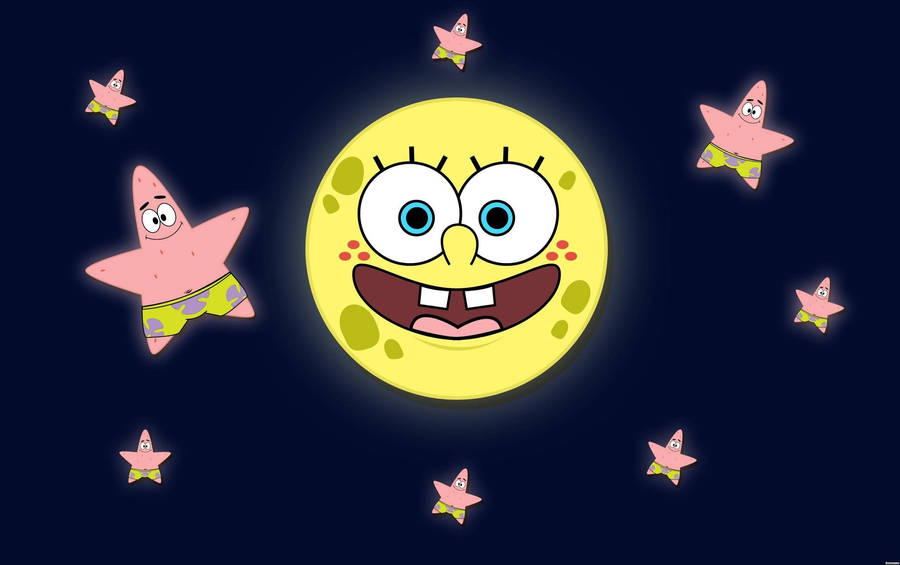
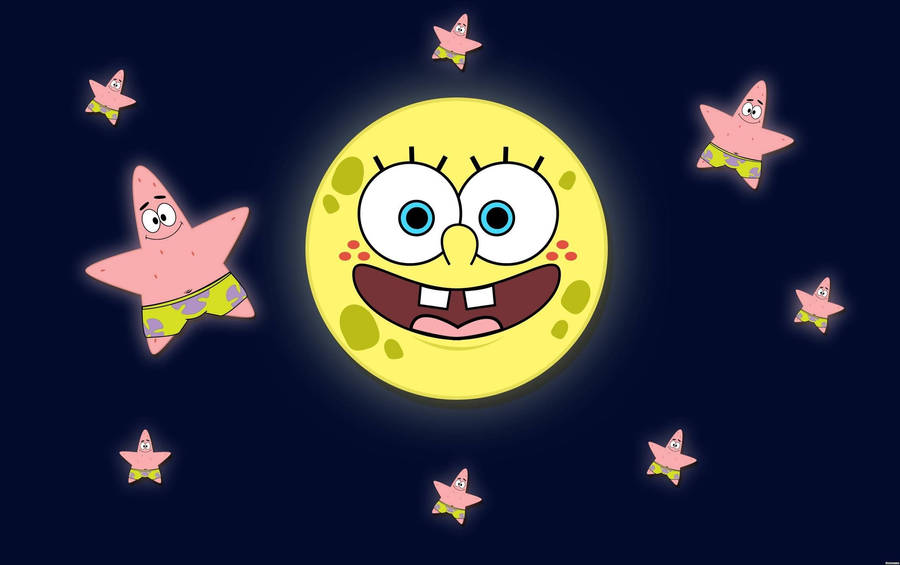
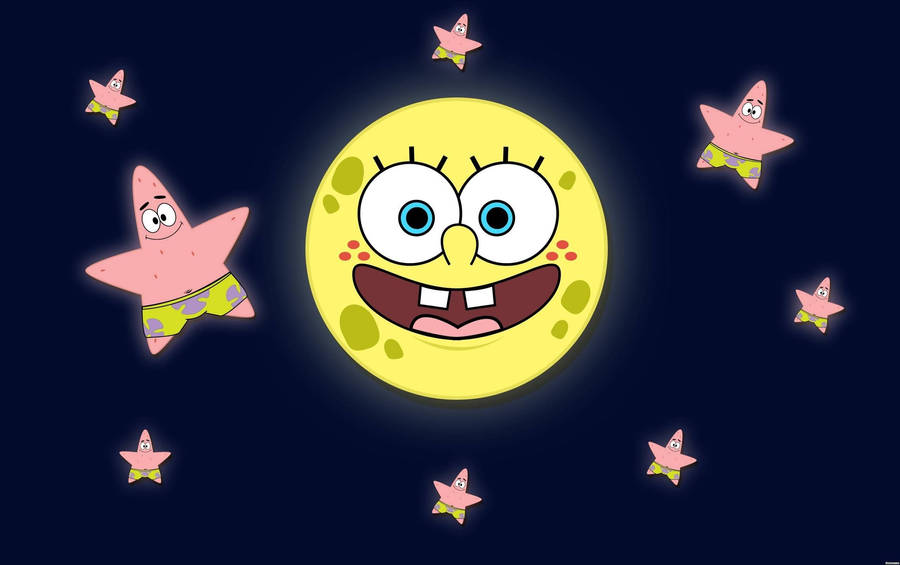
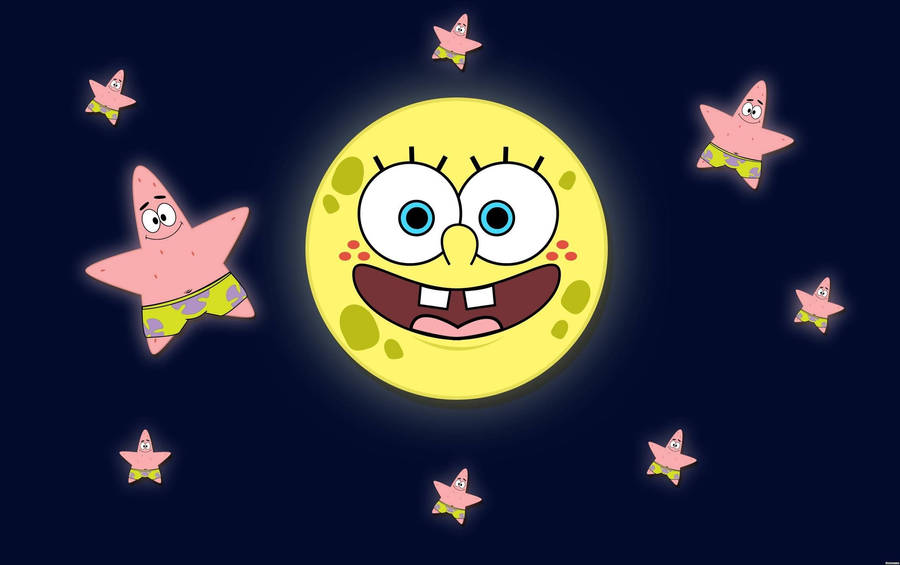


 [/center]
[/center]

 [/center]
[/center]
 [/center]
[/center]

 [/center]
[/center]

 [/center]
[/center]




 [/center]
[/center]




 [/center]
[/center]
 [/center]
[/center] [/center]
[/center] [/center]
[/center] [/center]
[/center] [/center]
[/center]